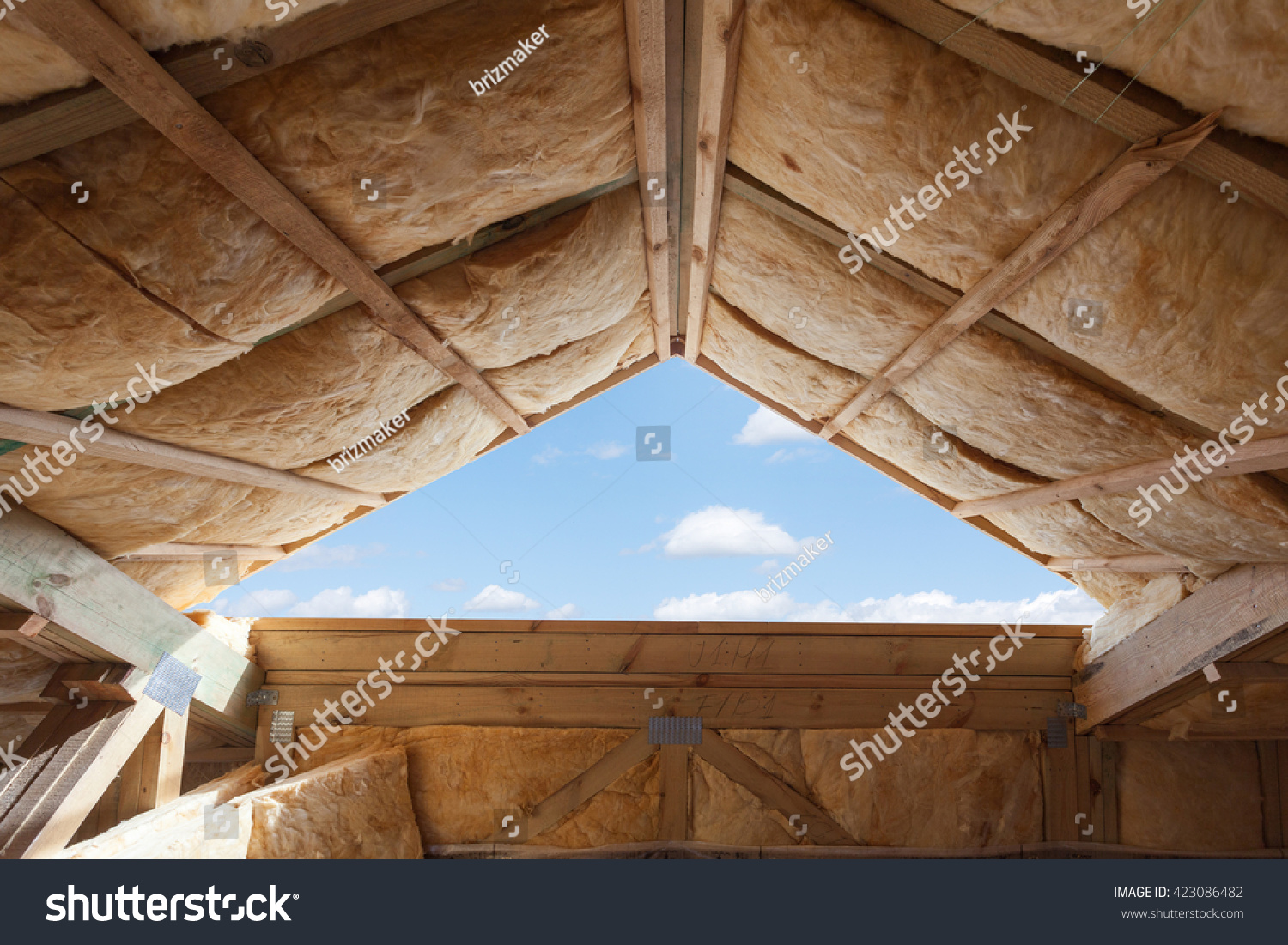Top Indicators You Need to Replace Your Home Insulation

Home insulation is crucial to any home, especially in countries with extreme weather conditions. It helps to regulate indoor temperature, prevent energy loss and reduce energy bills. However, insulation materials deteriorate over time, which may reduce their effectiveness. Therefore, knowing when to replace your home insulation is essential to ensure maximum efficiency. This article will provide insights on when to replace your home insulation and what to consider when choosing insulation materials.
Signs of Deteriorating Insulation
The first step to determining whether your home insulation needs replacement is to look out for signs of deterioration. Some of the common signs include:
1. Higher Energy Bills: If your energy bills have been rising steadily, it could indicate that your insulation isn't functioning effectively. Your heating system has to work harder to maintain the desired temperature, which leads to increased energy consumption.
2. Uneven Temperature Distribution: If some rooms in your house are colder than others, it could be a sign of poor insulation. Insulation helps to regulate indoor temperature, which means that if some areas are colder than others, it could be due to a lack of insulation.
3. Pest Infestations: If you notice increased pests such as rodents or insects, it could be because your insulation has deteriorated, creating entry points for these pests.
4. Dampness: If you notice dampness or moisture in your home, it could indicate insulation problems. Poor insulation may lead to condensation, which can cause dampness and mold growth.
5. Age: Insulation materials span between 15 and 20 years. If your insulation is over 20 years old, it may be time to replace it.
Choosing Insulation Materials
When replacing your home insulation, it is essential to consider the type of insulation material to use. Here are the different types of insulation materials available:
1. Fibreglass: This is the most common type of insulation made of spun glass fibers. It is easy to install and is relatively affordable. However, it is not environmentally friendly and may cause skin irritation during installation.
2. Cellulose: This type of insulation is made of recycled paper and is environmentally friendly. It is also effective in reducing energy bills. However, it may be more expensive than other types of insulation.
3. Foam: This type of insulation is made of polyurethane or polystyrene and effectively reduces energy bills. It is also environmentally friendly. However, it may be more expensive than other types of insulation.
4. Reflective: This type of insulation is made of aluminum foil and effectively reduces energy bills. It is also affordable and easy to install. However, it may not be suitable for extreme weather conditions.
When choosing insulation materials, it is essential to consider factors such as cost, environmental impact, and effectiveness.
Conclusion
In conclusion, home insulation is crucial in regulating indoor temperature, reducing energy bills, and preventing energy loss. However, insulation materials deteriorate over time, which may reduce their effectiveness. Signs of deteriorating insulation include higher energy bills, uneven temperature distribution, pest infestations, dampness, and age. When replacing your home insulation, it is essential to consider factors such as cost, environmental impact, and effectiveness. Following these guidelines ensures that your home insulation functions effectively, leading to lower energy bills and a more comfortable living environment.
Don't wait until it's too late to insulate your attic. Trust only the best attic insulation companies in Miami for your home insulation needs. Contact Atlas Insulation now and get a free consultation on the best insulation options for your attic.





